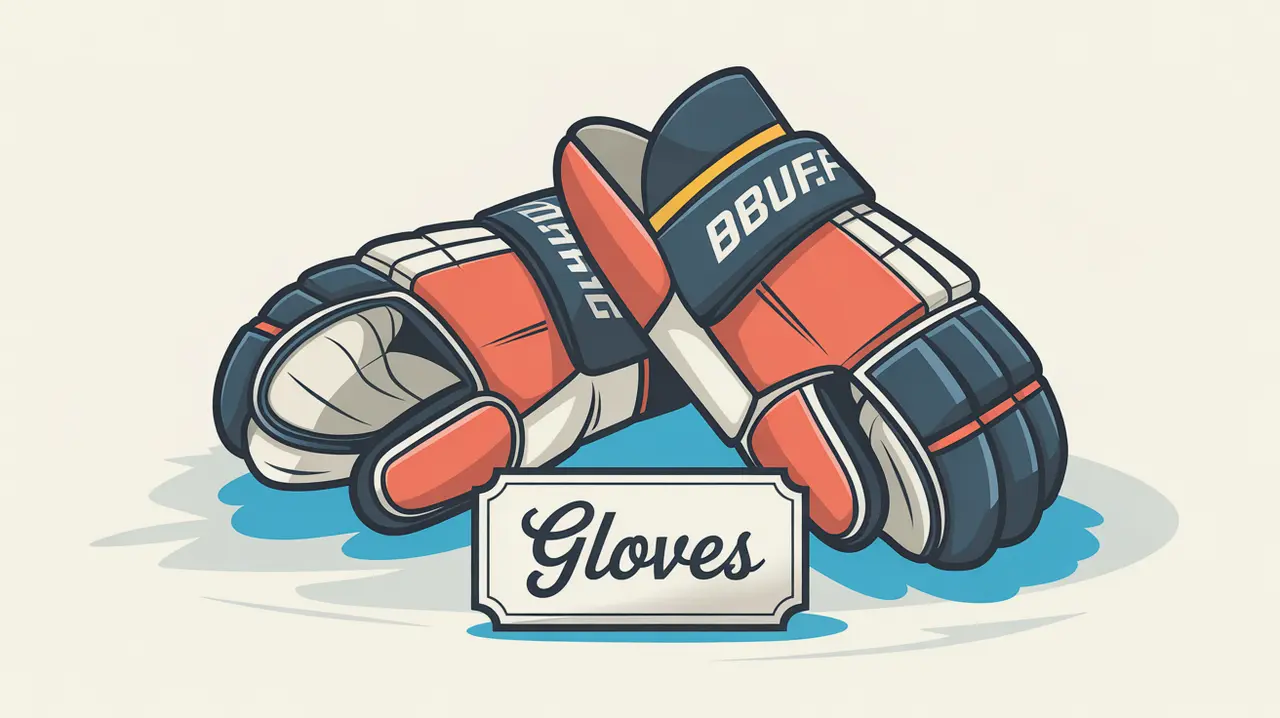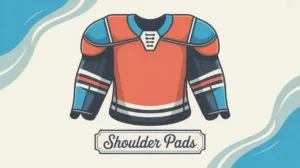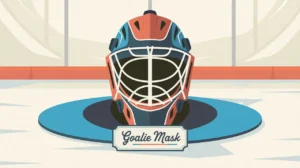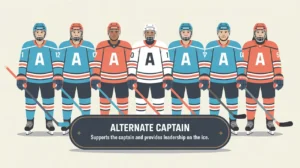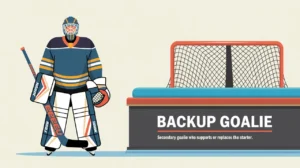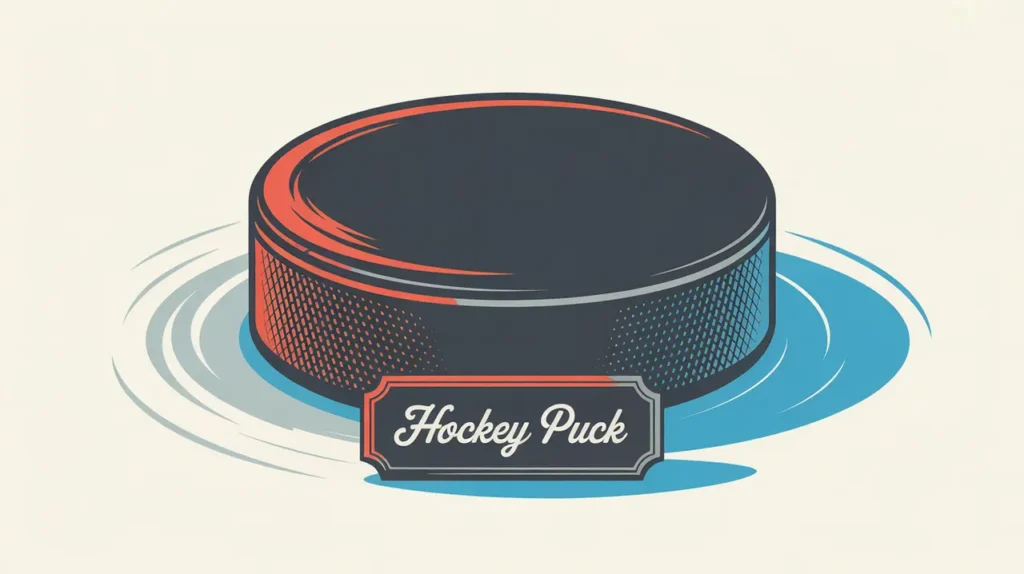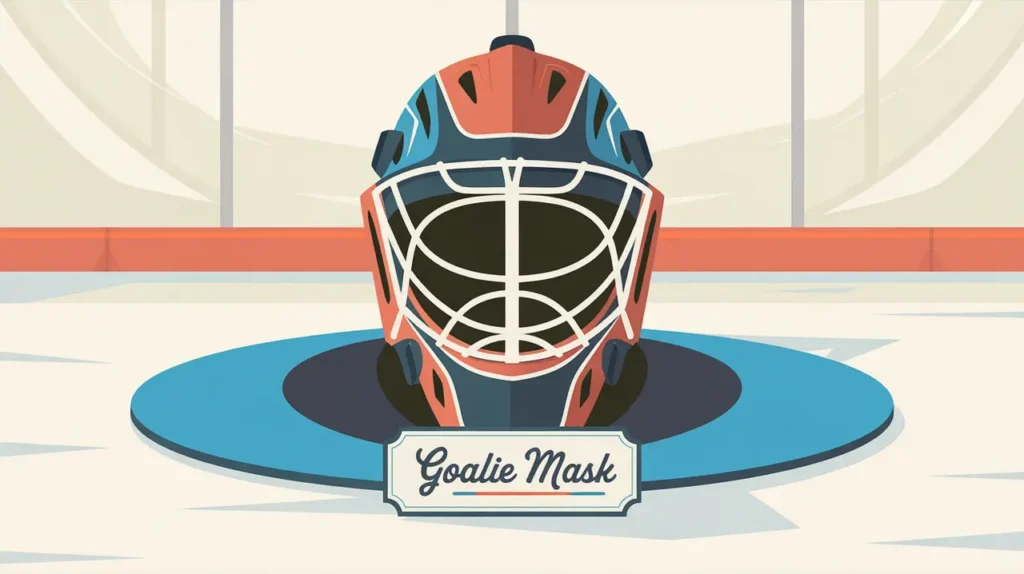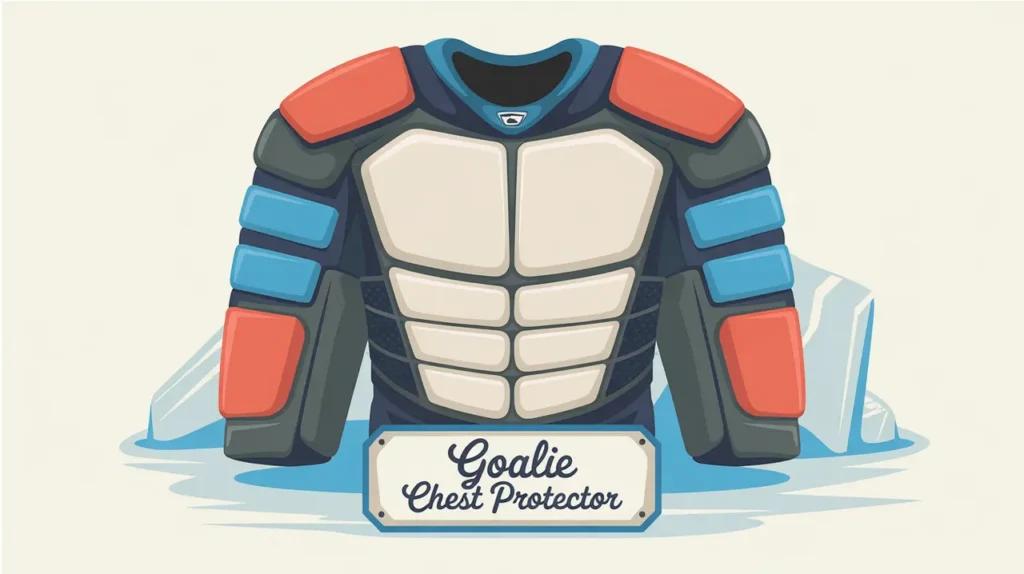Jim’s Intro to Gloves
Hi folks, Jim here, the only commentator who once dropped his coffee because his gloves were still frozen from warmups. Let’s just say I think I hold the record for the coldest, hottest hands with two levels of ouch.
What are gloves?
Gloves protect a player’s hands and wrists from sticks, pucks, skates, and cold ice. They combine padding, flexibility, and grip, allowing players to handle the stick while staying protected. The backhand, cuff, and fingers each serve a purpose: shielding against impacts while giving enough mobility for quick hands. A good pair feels like an extension of the stick, not a bulky layer between player and puck.
How do they work?
The glove has three main zones.
- Backhand and Fingers: Thick foam padding absorbs impacts from sticks and pucks.
- Palm: A softer material that allows grip and feel on the stick. Higher-end gloves use durable, thin palms that balance sensitivity with longevity.
- Cuff: Protects the wrist while allowing movement for stickhandling and shooting.
The glove’s structure channels force away from delicate bones while maintaining enough flexibility for fine motor control. Over time, gloves break in and mold to a player’s hands, improving comfort and responsiveness.
How do you make good decisions with them?
Fit and comfort matter just as much as protection.
- Size: Gloves should fit snugly but not pinch. Fingers should reach near the tips without feeling cramped.
- Mobility: Check wrist movement. The cuff should protect without restricting stickhandling.
- Palm Material: Softer palms give better feel but wear out faster. Reinforced palms last longer but may feel stiffer.
- Padding: Look for consistent coverage without dead spots, especially on the fingers and backhand.
- Break-In: Stiff gloves take time to loosen. Trying them on and mimicking stickhandling is essential.
How do you master them?
Glove mastery comes from repetition. Players learn how their gloves respond to different grips, passes, and shots. They find the balance between protection and dexterity. Over time, gloves become broken in to the point where they feel natural. Players stop thinking about their hands and focus fully on the play.
What does it look like when done right?
A player with well-fitted, broken-in gloves moves their hands fluidly. Stickhandling looks smooth. Wrist and finger movements are quick and controlled. The gloves stay in place, absorb impacts, and never get in the way.
Commentator’s Corner
Jim’s Take
I’ve seen players wear gloves two sizes too big, trying to look like pros, and spend half the game readjusting them. Get the right fit, and suddenly your hands stop fighting your gear.
Parent Tip
Choose gloves for fit and protection first. A snug but flexible glove improves control and safety. Check palm wear regularly and replace gloves before holes compromise grip.
Player Tip
Use your gloves in warmups and stickhandling drills to break them in quickly. The better they mold to your hands, the more natural your touch will feel.
A Final Thought
Gloves are where protection meets finesse. Get them right, and they’ll disappear into your hands, letting your game do the talking.

